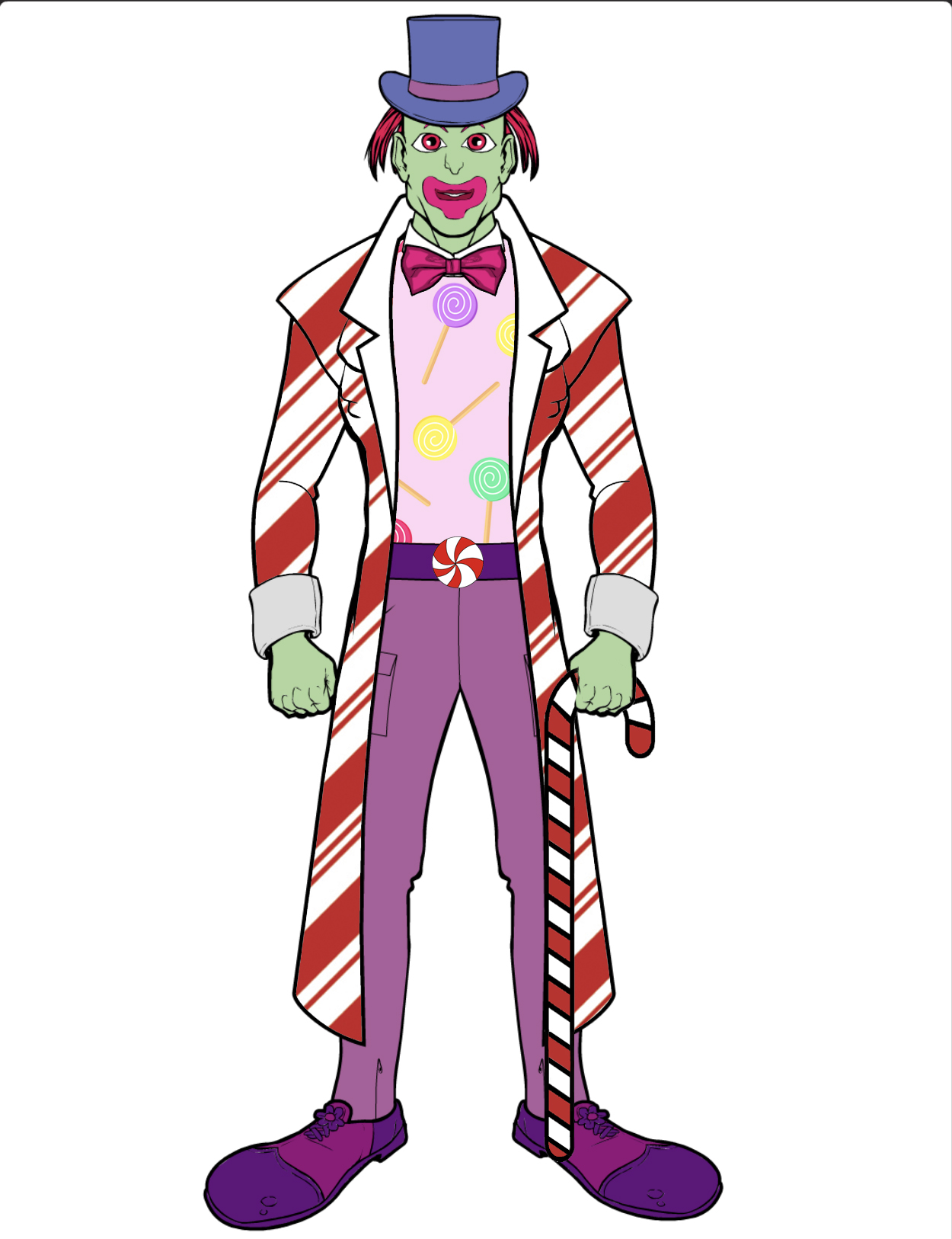

Since 1984, the IJA has had competitions with a separate division for each prop, where competitors are scored higher for juggling higher numbers. Until 1984, there were only two divisions in the IJA Numbers Championships - one for 7 objects (competitors could use either 7 balls or 7 rings in the same division) and one for 5 clubs. ( video) 5 clubs ĥ club 1 minute 360s world record by Vova Galchenkoīen Mowatt Jr. The world record for 4 club juggling is 1 hour, 15 minutes, and 9 seconds by Alexandr Inozemtzev. 4 clubs Ĭharles Hoey was the first person to juggle 4 clubs. John McPeak formerly held the Guinness World Record for the longest time juggling: 6 hours, using 3 clubs. The world record for the longest 3 club endurance run with publicly available video evidence is 5 hours, 1 minute, and 51 seconds by Alexandr Inozemtzev. At first the 3 club freestyle competition was a "best trick" contest like the other freestyle competitions, but in 2008 it was changed to the 1 minute routine format originally used for the WJF freestyle competitions. Before 2015, the WJF overall championship included two competitions specifically for 3 clubs: 360s (most 3 up 360s in 1 minute), and freestyle.

3 is currently the minimum number of clubs allowed in WJF competitions in any skill division, beginner through advanced. He juggled heavy wooden Indian clubs, normally used for arm-swinging exercises. ĭeWitt Cook was the first person to juggle 3 clubs, in the 1870s. The highest number of clubs that have been qualified (at least twice as many catches as objects) is 8, and the highest number of clubs that have been flashed (same number of throws and catches as objects) is 9. The Juggling Information Service Committee on Numbers Juggling ( JISCON) recognizes sticks as a type of club that may be used for numbers records. Sticks are harder to run than normal clubs, but easier for flashing high numbers. Any higher or lower number of rotations is usually considered a more difficult trick.Ĭlubs are more difficult to juggle than balls or rings.

The basic pattern for any number of clubs is normally done with each throw rotating half as many times as the number of clubs being juggled, rounding down for odd numbers: 3 clubs are done with single rotations, 4 and 5 are done with doubles, 6 and 7 are done with triples, 8 and 9 are done with quads. It is also possible to throw flats, making the clubs stay horizontal in the air without spinning at all, or reverse spins, where the clubs rotate in the opposite direction. Higher throws are usually done with more rotations, but the rotation speed can be controlled with the wrist to change the number of rotations per throw. Ĭlubs are normally thrown so that they rotate at least once while in the air, with the top of the club rotating toward the juggler. His clubs were also the first to feature flex cushioning on the handle, and foam knobs and end caps. The first multi-piece plastic juggling clubs were made in 1964 by Jay Green. The first hollow plastic clubs were part of a children’s juggling set made in the late 1950s. Van Wyck clubs were made of wood, but were hollow and decorated with foil, making them lighter than Indian clubs. Įdward Van Wyck started making the first commercially available juggling clubs in 1895. Ĭlub juggling originated in the 1870s (though jugglers had already been using other linear props such as sticks, torches, and knives for thousands of years), and was originally done with Indian clubs, which were very heavy exercise/martial arts equipment made from wood and shaped similarly to modern juggling clubs. Learn to JUGGLE 3 CLUBS - Beginner TutorialĬlubs are roughly cylindrical objects, usually around 20 inches long, with a slim handle end and a center of balance nearer the wider "body" end.


 0 kommentar(er)
0 kommentar(er)
